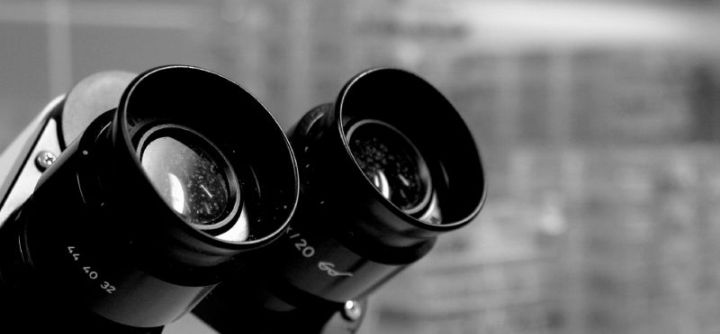Researchers at Stanford University have created a paper microscope that costs less than one euro to manufacture.
The progressive lowering of technology prices is giving some hope regarding one of the great scourges inherited from the 20th century, when colonisation and decolonisation, followed by neo-colonialism, depleted half of the world. The scourge manifests itself in the form of poverty, famine, and unhealthy living conditions, three curses that feed off each other. And many of the illnesses that are suffered by the inhabitants of underprivileged countries are not cured because they lack medical resources.
They may need a drug that isn’t available, or the proper instruments for an operation, or they may not even be able to get a diagnosis because there are no doctors. The drama caused by this lack of resources is far from solved in many parts of the planet, but technology could help, by proposing more affordable solutions than those currently available. One example of this is a paper microscope created by a group of researchers at Stanford University.
This paper microscope costs less than one euro: to be more precise, one can be built for just 70 cents. With a lens that costs 40 cents, an LED, and a 3-volt button cell, together with a few other parts, the device gives a magnification of 2000X.
Its construction is based on the techniques of origami, the Japanese art of creating shapes by folding paper. Its creators say that it can be put together in 10 minutes and can withstand being dropped from a three-storey building. The ease of access to this paper microscope is encouraging for impoverished areas in developing countries where the instruments needed to carry out proper medical analyses are not available.
Improved healthcare in poor areas is perhaps the most immediate application that could be given to this microscope, but it could also help to encourage research in these areas. The fact that the device is disposable, in addition to its low price, reduces the risk of spreading diseases by minimising exposure.
It could also have applications in rich countries as well, specifically in regard to the expansion of microbiological research, either as a hobby or in the educational sector. It would be affordable enough for schools to order a batch of paper microscopes and let each student have their own.
Image: gonzales2010









